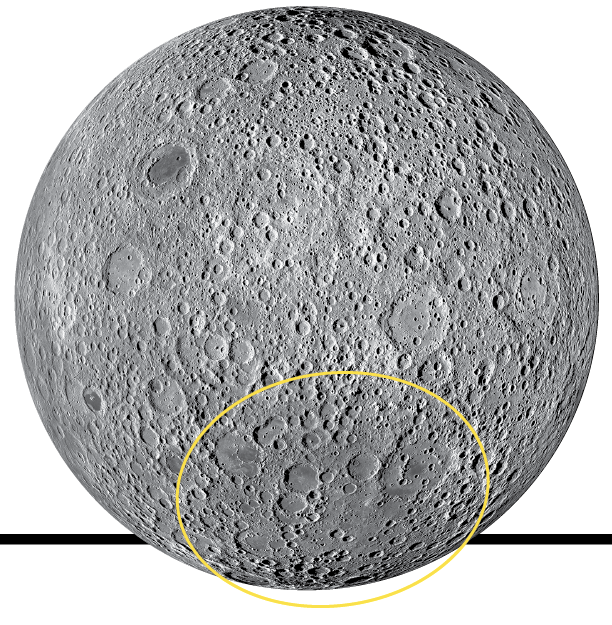
What would happen on or to Earth if a large asteroid hit the Moon?
Gary Watson
Pittsburgh, Pennsylvania
Asteroids pummeling the lunar surface is an ongoing process. Geologists listened to the thumping of impacts with seismometers placed on the Moon during the Apollo missions, and astronomers continue to record collisional impact flashes with Earth-based telescopes.
Most impacts are small, but as recently as 2013, an intense flash of light led geologists to a freshly excavated 62-foot-diameter (19 meters) crater in Mare Imbrium. When larger asteroids produce craters with diameters of a few hundred meters, rock is catapulted into space at escape velocity. Some of that debris collides with Earth, usually within a million years, blazing trails of ionized gas through the atmosphere before falling to the ground relatively harmlessly, like other meteorites. Researchers have recovered several hundred of these lunar meteorites and traced them to over a hundred different asteroid impacts that threw out rock from the Moon in the recent past.
Deeper in geologic time, an intense epoch of asteroid bombardment produced impact basins on the Moon with diameters larger than 185 miles (300 kilometers). During that 4-billion-year-old epoch, the Moon was about three times closer to Earth and three times larger in the sky. Each basin-size impact engulfed the Moon with rocky debris and a fiery plume of melt and vapor. A substantial fraction of that debris escaped the Moon and struck Earth within 100,000 years of impact, filling the sky with countless meteors. The largest of these fragments survived atmospheric deceleration and cratered Earth’s surface, potentially perturbing nascent microbial communities.
But these impact events were dwarfed in number and size by the asteroids that took aim at Earth directly. Asteroid bombardment and how it shaped the Earth-Moon system is a key scientific target of Artemis exploration. Astronauts will soon be walking across an impact-cratered landscape, collecting clues about those collisional processes. So stay tuned for new revelations.
David A. Kring
Principal Scientist, Lunar and Planetary Institute, Houston, Texas









